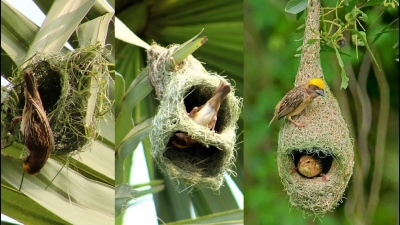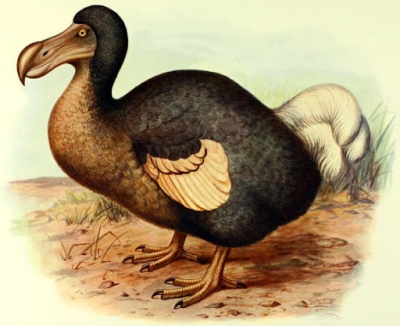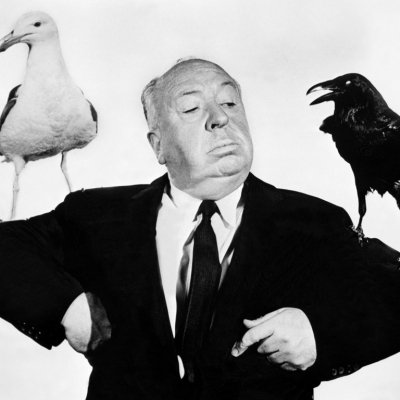
The African ostrich can grow up to 2.5 metres tall, which is much taller than the average man. The huge wandering albatross has the largest wingspan in the world, at up to three metres. Its long, pointed wings make it an excellent glider.
Amazing! There are around 9,000 different kinds of birds, in many colours, shapes and sizes. They live all over world, in steamy jungles, icy regions, by the sea, in towns, and some move from one area to another when they migrate.
Is it true? The first bird dates back to dinosaur times.
Yes. Archaeopteryx is the earliest bird-like creature that we know of. It lived 150 million years ago. It had a head like a reptile, sharp teeth, a long tail and feathered wings.
What are birds?
Birds all have two legs, two wings, a beak, they lay eggs and they are the only animals those have feathers. But not all birds can fly, and not all flying animals are birds.
Which are the smallest birds?
Hummingbirds are the smallest birds in world. The bee hummingbird of Cuba is no bigger than a bumblebee! Hummingbirds can flap their wings at up to 90 beats per second. They get their name from the humming sound their wings make.
Picture Credit : Google










